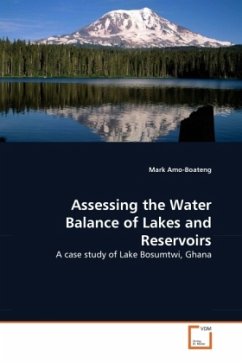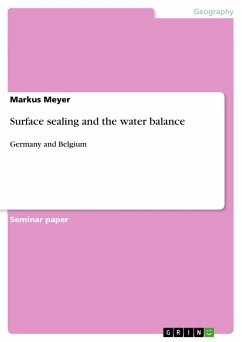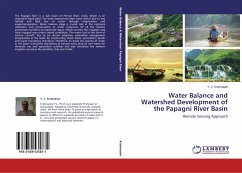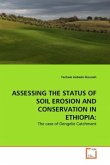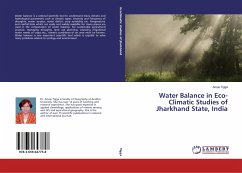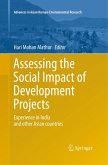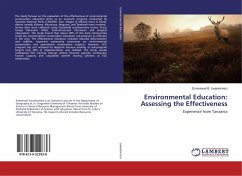Observation of the spatial and temporal variability of water resources is critical for both societal and scientific issues. Sadly, many water resources are located in ungagged catchments or have limited data for this exploration. Fortunately, the advancement of satellite altimetry, remote sensing technologies and GIS, presents us a possibility to achieve this feat (even in poorly gauged catchments). This volume, as a case study, thus focuses on the establishment of the hydrological processes that has affected the water balance of Lake Bosumtwi, contributing to the marked lake level rise and fall (+6.8m/-3.2m) within the last century. An approach for the assessment of water balance is presented; a GIS distributed hydrologic model is developed, and the uncertainties with the transfer of data to ungagged catchments are investigated. In the end, land cover changes were also incorporated, and the model had an efficiency of 99.9%. It is hoped that this volume would help researchers andpractitioners achieve similar feats, not only for lakes and reservoirs, but also for all catchments, making it more practical and easy in the management of our scarce water resources.

